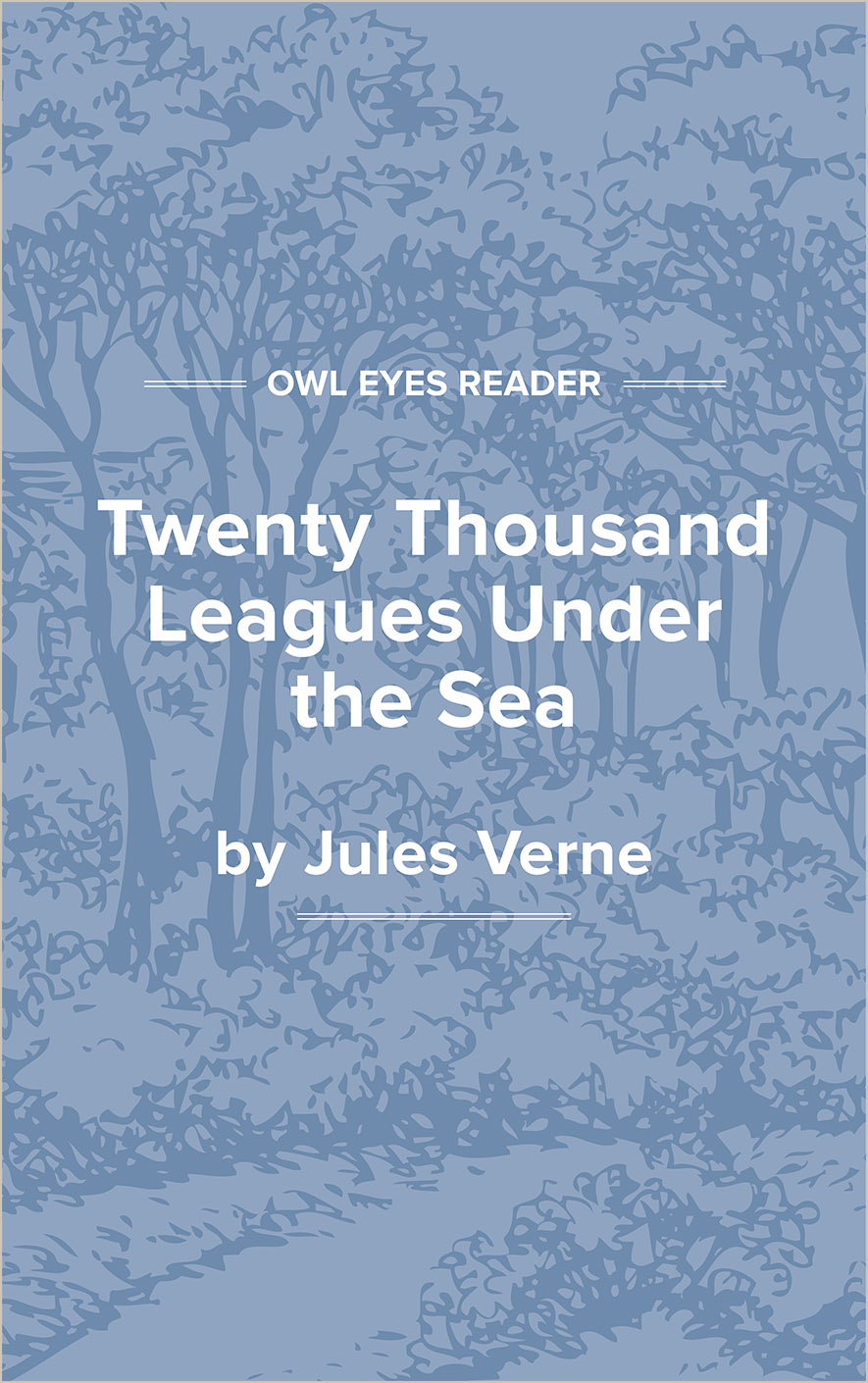Analysis Pages
Summary
In 20,000 Leagues Under the Sea, Verne created a character, Captain Nemo, who would continue to haunt the imagination of generations to come in the manner of Homer’s hero, from whom Nemo took his name. In the Odyssey (c. 725 b.c.e.; English translation, 1614), Ulysses calls himself Nemo, or“No one,” in order to hide his identity from the Cyclops. Verne’s unknown renegade, making war on injustice, has likewise become a myth.
The best known of Verne’s works was also the one that took the longest to find its way into print. It is certain that the author was working on a story tentatively titled “Voyage Under the Waters” in 1865. After his exploration of the air in Five Weeks in a Balloon and his A Journey to the Centre of the Earth, it was logical that Verne would pursue his pedagogical mission by exploring the bottom of the sea.
This novel, though, was to be different from the others. Verne was very excited about the creation of a hero entirely cut off from the earth and humanity. His publisher, Hetzel, on the other hand, was very uneasy about Nemo. Verne refused to explain who his captain was and what his past had been. Letters show that the author would have liked to have made Nemo a Pole, oppressed by Russia. For commercial reasons, this was impossible, as Verne’s books were translated into Russian. The violence of Nemo’s hatred of his enemies, and his cruel sinking of ships, given with many hair-raising details, worried Hetzel, but Verne was adamant in preserving the hero driven by hatred.
As is usual with Verne, the motivation in the novel is a double one: scientific, with the description of the submarine vessel and the underwater world that the submarine allows the heroes to explore, and entertaining, with an unprecedented series of adventures to be encountered. Professor Aronnax is fascinated by the marvels of submarine geology and biology, which he can study in his fantastic underwater laboratory, the Nautilus. Ned Land, on the other hand, is a simple sailor, a natural man; his name, Land, makes him incapable of remaining at sea. He remains indifferent to everything except the loss of liberty that Nemo has inflicted upon his “guests.”
The story is told by Aronnax, who is capable of understanding both points of view. He comes to admire and pity the genius Captain Nemo, while agreeing with Land that it is impossible to remain with him for the rest of his natural life.
The narrator, Aronnax, is often conscious that his story is an incredible one. In the space of ten months aboard the submarine, he travels twenty thousand leagues—that is, a trip around the world, under the seas. The journal form, which allows the tale to be told in the present tense and makes for considerable suspense as well as an illusion of reality, is used throughout. Many...
(The entire page is 736 words.)
Owl Eyes subscribers get unlimited access to our expert annotations, analyses, and study guides on your favorite texts. Master the classics for less than $5/month!

